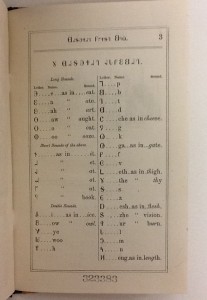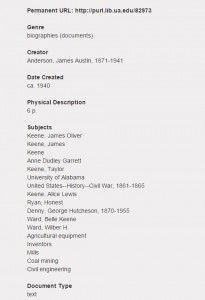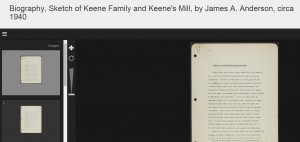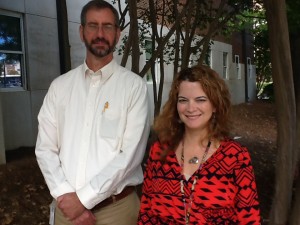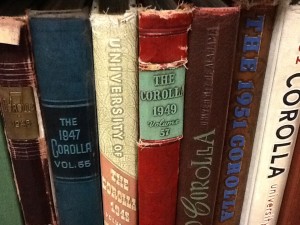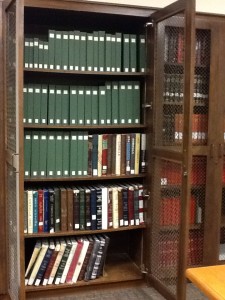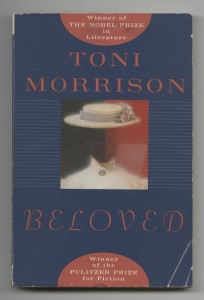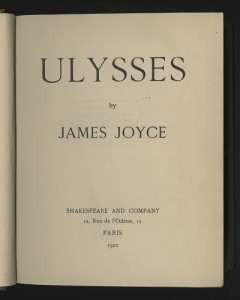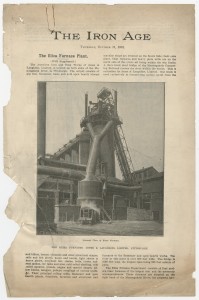By: Ashley Bond, SLIS graduate student
The Deseret First Book is one of four books published in the late 1860s in an alphabet created by the Church of Jesus Christ of Latter-day Saints. This alphabet, known as the Deseret Alphabet, was created when the second president of the church, President Brigham Young, called a committee to develop a new phonetic alphabet that would help simplify spelling the English language.
The story behind this alphabet originates with the initial emergence of the Church of Jesus Christ of Latter-day Saints in 1830. Due to some resistance to this new church, founder Joseph Smith and his converts were driven westward to Illinois. After much persecution and the death of Smith and his brother Hyrum, Brigham Young led the church to settle further west around the Great Basin in the area we now recognize as Salt Lake City, Utah. Over 350 Mormon settlements in the region would eventually form the Territory of Deseret, ruled by Young as president. Congress, however, rejected this area as a territory and created the much smaller state of Utah with Young as its governor. It was in the midst of these developments in the Latter-day Saints Church that Young and fellow leaders proposed a new alphabet be created to aid immigrants and children in more easily learning English. George D. Watt, the first English convert to the new church, had studied Pitman shorthand in England and was chosen along with other church leaders to design the phonetic letter set. On January 19, 1854, the Board of Regents at the University of Deseret, known now as the University of Utah, announced the creation of the thirty-eight character Deseret Alphabet, which contained a letter for every sound in the English language. Critics claimed that the alphabet was the Church’s attempt to isolate converts and prevent outsiders from easily deciphering Mormon literature. However, this notion is unlikely, as each publishing in the alphabet includes a table of letters in order for readers of the traditional English alphabet to translate it. Once the alphabet was formed, Orson Pratt was given the task to create elementary texts that would help the population more easily learn how to read the new letters. In 1868, Russell Brothers Publishing Company in New York printed ten thousand copies each of the Deseret First Book and Second Book Readers to be shipped to Salt Lake City. When errors were found throughout the two primers, however, Orson Pratt, George D. Watt, and R.L Campbell formed a committee and made corrections in the form of an errata sheet to be added to the back of each copy. In addition to the elementary primers, the Book of Nephi Part One and eventually the entire Book of Mormon were also available in print for purchase. Between 1854 and 1870, the alphabet underwent many revisions, including the addition and removal of characters as well as shape and design changes in the letters themselves.

